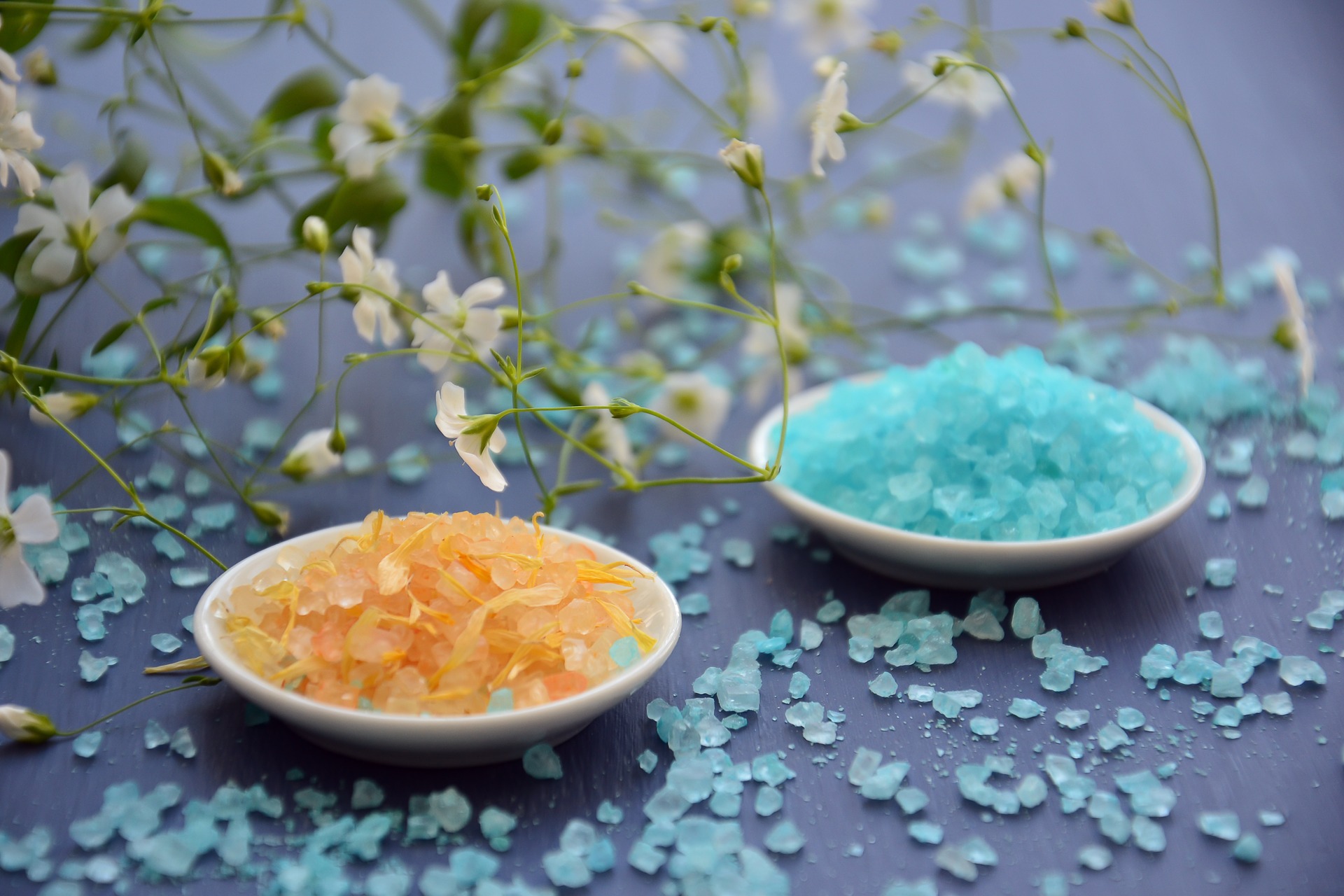Halotherapy is a new alternative treatment that involves breathing salty air. Some argue it can treat respiratory disorders, such as asthma, chronic bronchitis, and allergies. According to https://www.shape.com/fitness/workouts/could-salt-yoga-boost-your-sports-performance, this alternative treatment also suits yoga and is said to cure depression, anxiety, and treat some skin complications, including eczema, psoriasis, together with acne. The origins of halotherapy straight back to the Middle Ages, but researchers just lately started studying its potential benefits. Posted below are some of the things you should know about it.
Methods
Halotherapy is usually divided into wet and dry procedures, depending on how salt is administered.
Dry Method. The dry method of halotherapy is usually performed in an artificial “salt cave,” which has no humidity. The temperature is cool, set to 68°F (20°C), or lower. Sessions usually last between 30 and 45 minutes. A device called a halogenerator grinds the salt into microscopic particles and then releases negative ion into the air of the room. Once inhaled, these salt particles ensure that irritants, such as pollutants and toxins, are absorbed by the lymph nodes. Proponents claim that this procedure breaks down mucus and reduces inflammation, thereby clearing the airways. Salt particles are believed to have a similar effect on the skin, absorbing bacteria and other contaminants responsible for many skin conditions.
Wet Method. Halotherapy is also done using a mixture of salt and water. Wet methods of halotherapy include gargling, drinking, and bathing in saltwater. Furthermore, saltwater is also used for nasal irrigation and flotation tanks.
Scientific Findings
Presently, there are few studies on halotherapy since science hasn’t caught up with the new hype. A few studies are promising, but more research is conflicting and inconclusive. For instance, people with chronic obstructive pulmonary disease (COPD) had fewer symptoms and improved quality of life after halotherapy, and the Lung Institute advises against it because there are no medical guidelines. Most studies on halotherapy for COPD are flawed. In another study, halotherapy does not increase lung function test results or improve the quality of life in people with bronchiectasis without cystic fibrosis. This is a condition that makes it difficult to clear mucus from the lungs. Almost all studies of halotherapy for depression or skin conditions are anecdotal. This means they are based on people’s experiences.
Health Risks
While halotherapy is safe for people, there is no research on its safety. Also, halotherapy is often done in a spa or wellness clinic without medical staff trained to handle health emergencies. Keep this in mind when considering the benefits and pitfalls of halotherapy. While it is said that it is good for treating asthma, halotherapy can also irritate or moisten the airways of people with this condition. Some people also report having headaches during halotherapy. Let your doctor know if you want to try this approach. What is certain is that inhaling a 3% salt solution is a safe and effective treatment for children with bronchiolitis. But the number of salts administered can vary widely.

